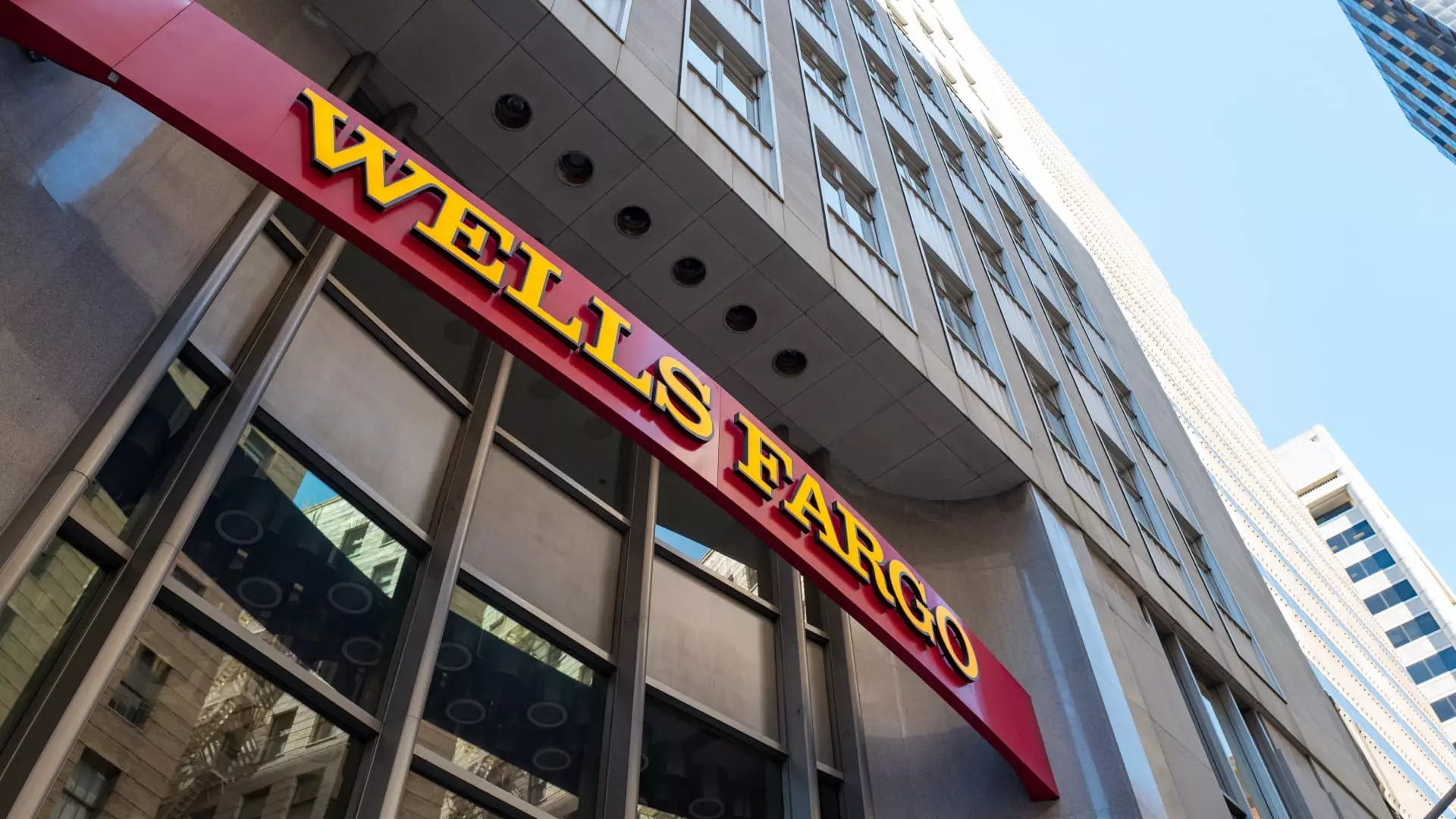Wells Fargo recently stirred positive sentiment among investors with its fourth-quarter earnings report, which offered a glimpse into the bank’s ongoing turnaround under CEO Charlie Scharf. While the earnings figures themselves provided notable insights, it was the optimistic outlook for the upcoming year that captured the market’s attention, signaling a potential resurgence for the bank.
In its earnings release, Wells Fargo reported a slight decline in total revenue for the fourth quarter, down 0.5% year over year to $20.38 billion, falling short of analysts’ predictions of $20.59 billion. Despite this slight miss, the adjusted earnings per share (EPS) of $1.58 beat Wall Street expectations, which stood at $1.35. When examining the generally accepted accounting principles (GAAP), the reported EPS was $1.43, influenced by several one-time adjustments, including a significant severance expense. This discrepancy underscores the complexity of discerning true financial health from reported figures.
Investors responded favorably to the announcement, driving Wells Fargo’s stock up over 7% on the news, pushing shares above the $76 mark. The stock has shown significant resilience over the year, with an impressive increase of approximately 43% thus far, a testament to the bank’s strategic repositioning.
Strategic Management and Future Outlook
Charlie Scharf, who has been at the helm since his appointment, undertook the critical task of reforming Wells Fargo following a tumultuous period marked by scandals and regulatory penalties. His efforts to streamline operations, enhance risk management, and shift toward a more technology-focused framework have begun to bear fruit. The bank’s reported return on tangible common equity (ROTCE) of 13.4% for 2024 highlights Scharf’s directional success, even though the ultimate goal remains a 15% ROTCE.
While the immediate revenue numbers did not meet all expectations, analysts have begun to appreciate the larger trajectory of the bank’s recovery. The emphasis on sustainable growth—and the company’s commitment to diversifying its revenue streams away from heavy reliance on net interest income (NII)—points to a more balanced financial strategy moving forward.
Revenue Streams in Transition
An area of concern highlighted in the quarterly results was the slower-than-expected growth in fee-based revenue, despite an overall increase in non-interest income by 10% to reach $8.4 billion. However, this figure fell below market expectations. Investment advisory fees surged by 15%, and investment banking fees impressively rose by 59%. These increases are indicative of Wells Fargo’s ongoing investments into its fee-generating capacities, which may become even more pronounced should regulatory restrictions ease.
Meanwhile, net interest income experienced a year-over-year drop of 7% to $11.8 billion, although this still beat projections. The decline stemmed from changes in deposit mix, lower loan balances, and the impact of reduced rates on floating assets. The projected path forward, particularly for NII, looks promising; management estimates a modest increase in the range of 1% to 3% for the upcoming year, countering declining forecasts from analysts.
Another positive development for Wells Fargo was the year-over-year decrease in non-interest expenses, down to $13.9 billion. This reduction stems largely from Scharf’s strategic focus on efficiency and cost control, an essential element of any successful turnaround strategy. However, expenses fell short of expectations, suggesting that continued vigilance is necessary in managing costs as Wells Fargo pursues growth.
Looking ahead, the bank anticipates a further reduction in expenses for 2025, even amidst a rising tide of costs linked to its wealth management business. This indicates a well-calculated approach by the management to augment revenue without allowing expenses to spiral out of control.
Wells Fargo’s fourth-quarter results and their forward-looking guidance offer an intriguing outlook into a bank that has faced its share of challenges. The strides made under Charlie Scharf’s leadership provide a framework for continued recovery, with investors clearly demonstrating confidence.
The anticipated lifting of the Federal Reserve’s asset cap has the potential to be a game-changer for the bank, potentially accelerating growth and investment banking opportunities. As Wells Fargo moves forward, the combination of operational efficiency, improved risk management, and a diversified revenue model could well establish it as a cornerstone of resilience in the financial industry. What remains to be seen is if these strategies will yield sustainable long-term growth, but for now, the momentum seems positive.

